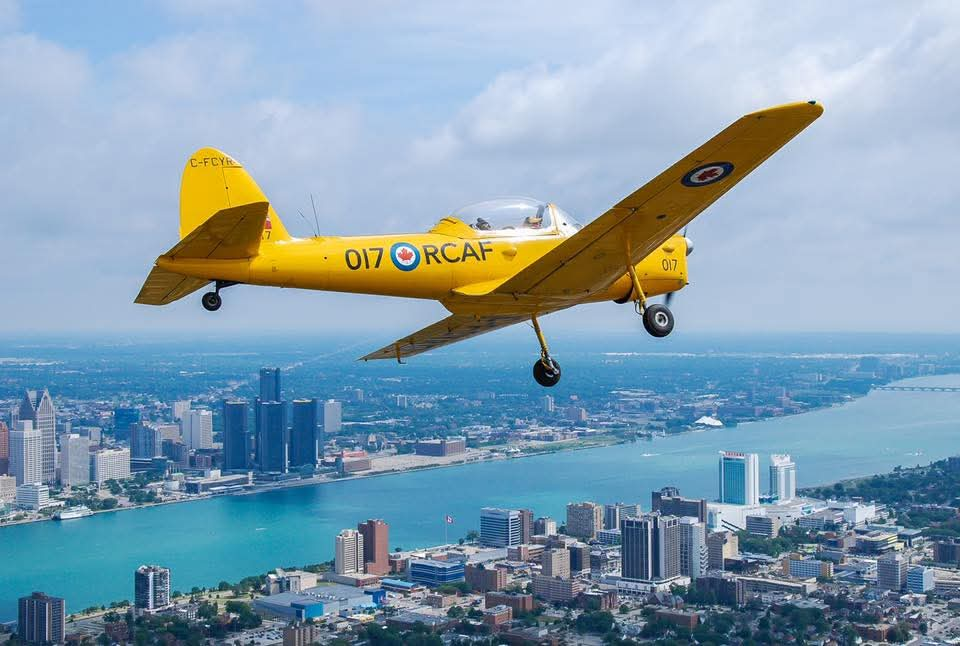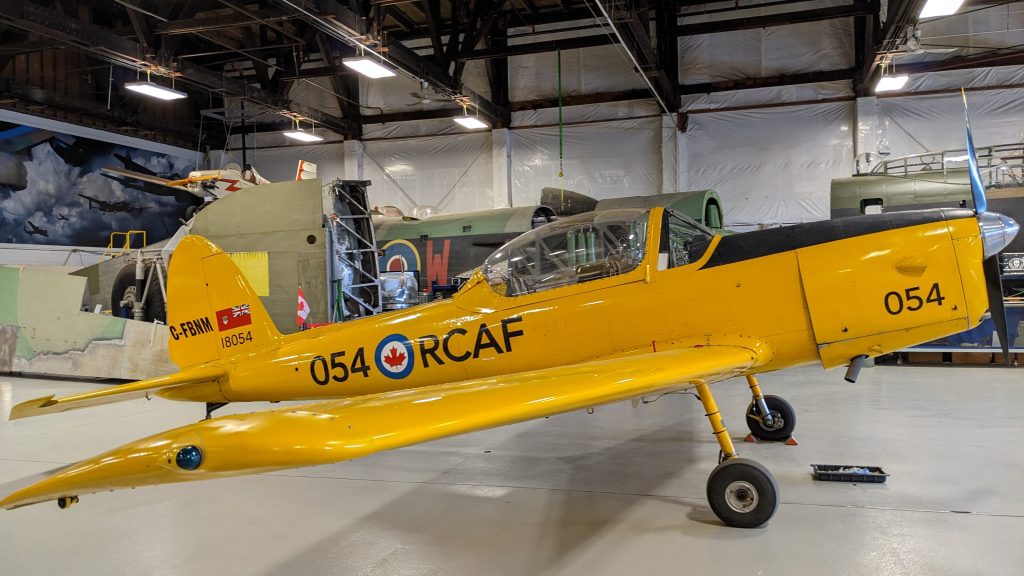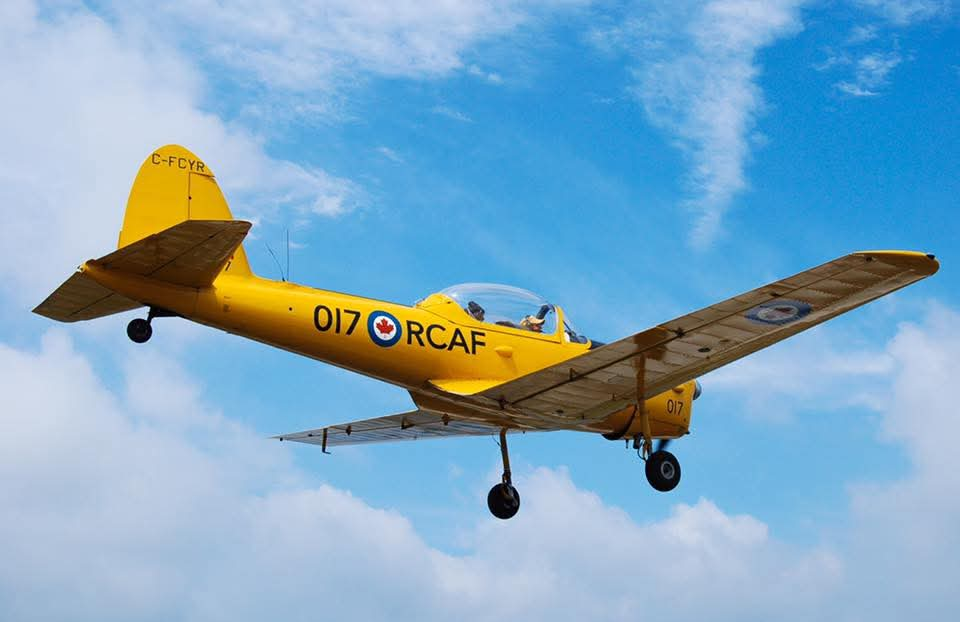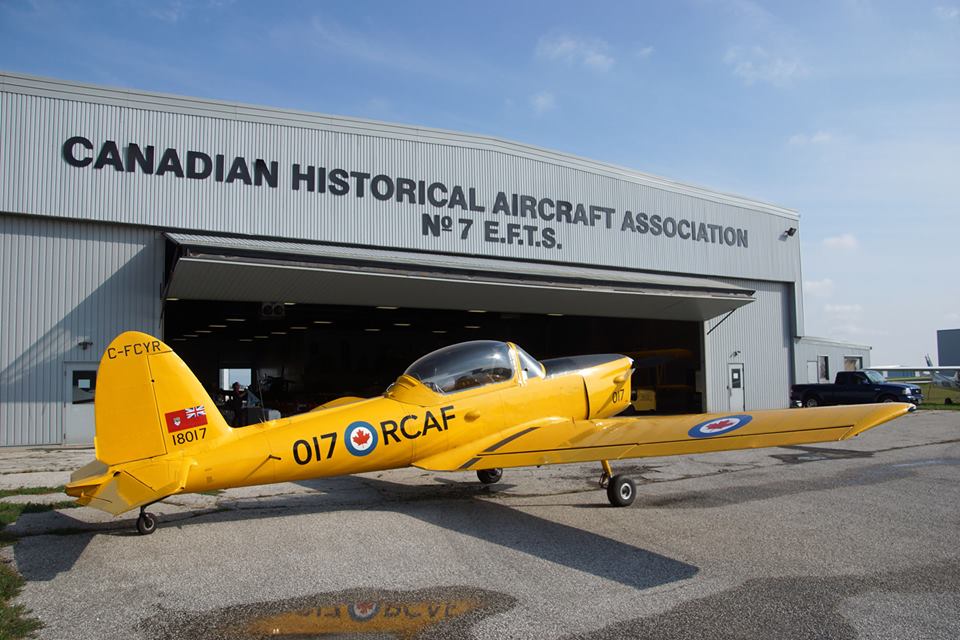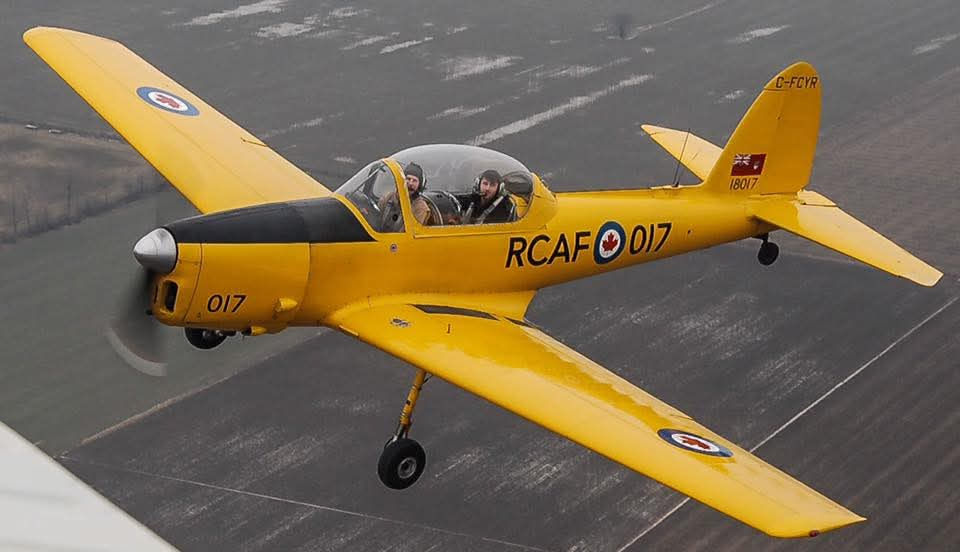First Flight of the De Havilland Chipmunk May 22, 1946
The first flight of the De Havilland Canada (DHC-1) Chipmunk took place on this day at Downsview, Ontario. The Chipmunk was the first postwar aviation project conducted by De Havilland Canada. It was introduced into operational service that same year. The DHC-1 Chipmunk, designed as a primary trainer,is an all-metal, low-wing, tandem two-place, single-engined airplane with a conventional landing gear, powered by a De Havilland Gipsy Major engine. De Havilland built 217 in Canada. It was also produced under licence by De Havilland in the UK, which produced 1,000, and by OGMA in Portugal, which built an additional 66. The Chipmunk served with the RCAF, the Royal Air Force (RAF), and at least twelve other air forces. After being largely phased out by the RAF and RCAF in the 1950s and 1960s, surplus Chipmunks achieved widespread popularity for civil sport flying, competition aerobatics, and even glider towing. Our museum operates 2 of these delightful flyers. Contact us to book a flight in this historic aircraft!
